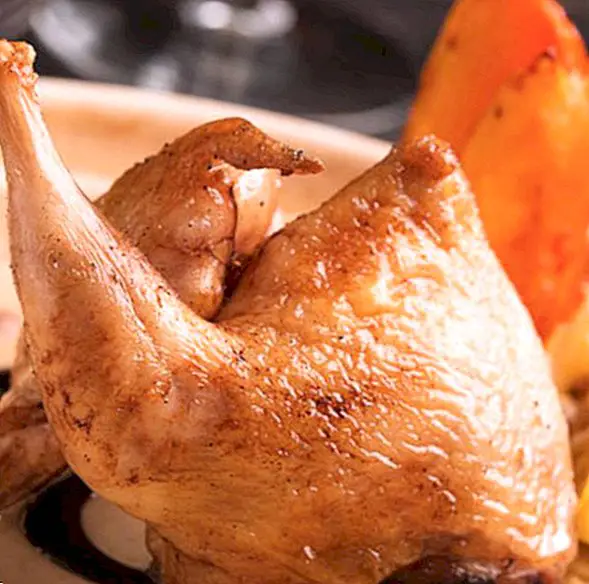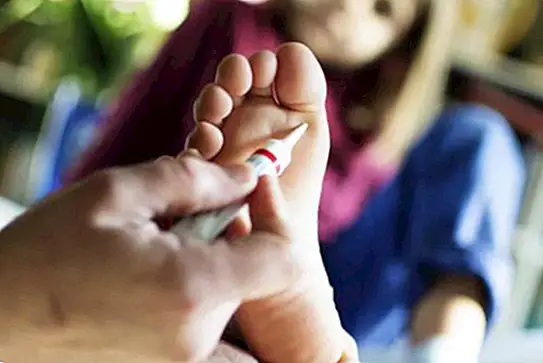Heat stroke in babies and children: how to prevent it, what to do and how to act
It is quite usual to confuse the heatstroke of insolation, because although both are obviously heat-related diseases, the reality is that they are different in terms of the symptoms that arise and the consequences they generate or produce. In fact, it is useful to know their differences to identify them accurately and accurately.
With all that, Heat stroke is a discomfort that occurs when our body gets too hot, as a consequence of a sudden rise in body temperature. Among other symptoms, it can cause weakness, headache, dizziness, muscle weakness and / cramps, vomiting and nausea, elevated heartbeat and dehydration. 
While, the insolation, consists in a condition much more serious than heat stroke. Moreover, it is a particular form of heat stroke, which, in addition to the symptoms of heat stroke, also manifests itself first or second degree burns, which affect those areas that have been exposed to the sun.
What are the symptoms of heat stroke in babies and children?
Babies and young children are the ones who tend to suffer the highest temperatures, thus becoming the most vulnerable since their small body can not yet thermoregulate, not being able to adequately modulate the temperature of the body depending on the temperature what's outside
In fact, up to the first year the thermoregulation of the child's organism does not work well, also having a greater difficulty to disperse the heat through sweat, since it has precisely a very reduced evaporation surface.
In the case of heat stroke, its symptoms may appear or manifest with greater or lesser intensity, highlighting above all the most common: increase in body temperature (more than 37.3 ºC of axillary temperature or more than 37.7 ºC of temperature rectal), fainting, confusion and cramps in the tummy.

But they are not the only symptoms, since it is also possible that problems and behavior disorders occur. For example, the child may seem sleepy, not wanting to do anything.
What should we do if the baby or the child is suffering a heat stroke?
It is essential to follow a series of basic guidelines when the baby or the child is suffering from a heat stroke. Pay good note:
- Take the child to a cool place:immediately move the child to a cool environment, in the shade and that is perfectly ventilated. This way you will get the temperature of your body to fall.
- Remove your clothes:If the child or baby is dressed, try to undress him and put him half-dead.
- If the child is dizzy or faint:in this case, try to reach him with the feet higher than the rest of the body.
- If the child is conscious:Offer him to drink some fresh water with a spoonful of salt.
- If the fever is high:In case the child has a fever and also the temperature is high it is necessary to cool the child. To do this, soak a towel or any other piece of cloth in some fresh water. It is also useful to apply a little cold compresses in the area of the armpits and in the groin area.
- If it takes to improve:In case the small afternoon to improve is better to accompany the child to the nearest emergency center, or call 112.

Can it be prevented?
Given that on very hot days the most affected tend to be babies and small children, we must take some precautions to ensure their welfare, and above all to help prevent heat stroke.
Thus, for example, it is essential to dress them in cotton clothing and as light as possible, avoid going out between 12 and 17 hours and if you do always place them in shaded places, refresh them often with the help of wet wipes on arms and legs, offer water (especially if the child is no longer breastfeeding), and use fresh water baths. This article is published for informational purposes only. You can not and should not replace the consultation with a Pediatrician. We advise you to consult your trusted pediatrician.



